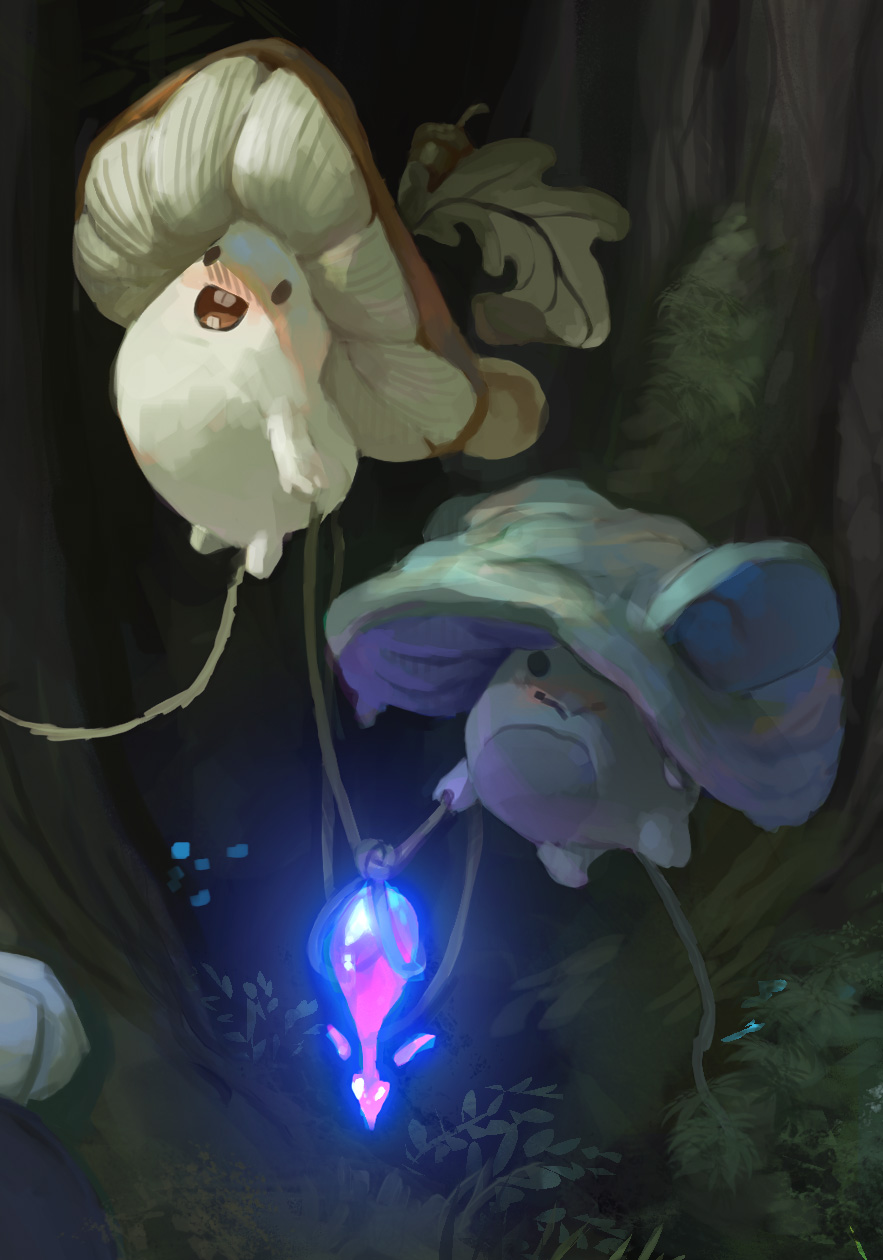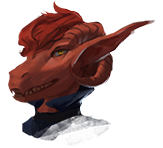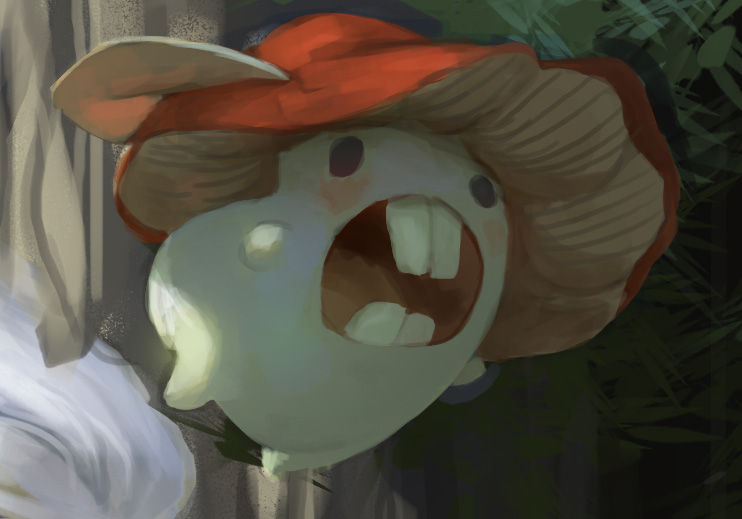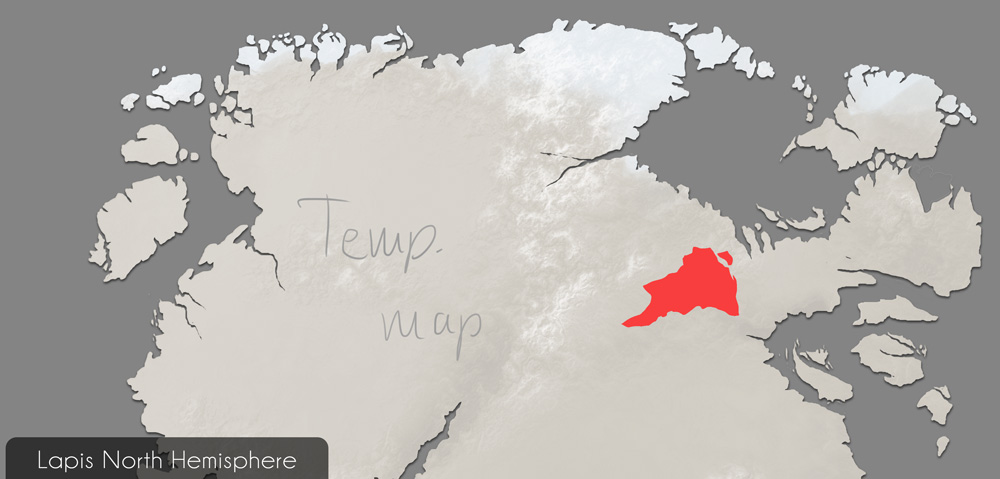Mousshroom
Pronounce as Mouse-shroom. Mousshrooms are a small native species to the shaded depths of Shelterwood of planet Lapis. It is said the first of their kind were created on accident by an apprentice witch who was trying to cook mushroom stew with mouse meat.
The earliest recorded sighting of the species was in Lapis Year ~1100 (Earth Year ~600)
"An artificial life-form like myself, quite plausible. ...I wonder if I can keep one."
Basic Information
Anatomy
Mousshrooms have an amorphous stalk-like main body with 2 arms and 2 legs attached and a mouse-like tail. They walk upright on their legs. On their head a mushroom cap is grown, if this cap or other large but less than half part of their bodies is removed their cognitive functions will severely suffer, but they will not die; more than half of their body mass must be lost for death to occur. Their eyes and mouth are located on the front of their stalk like body. They do not have a nose, they breathe through their porous skin, while their mouths are capable of exhaling air for vocal communication. Their internal body has no skeletal structure, organs or muscles, instead their entire body is made of fungal tissue interwoven with white nerve-like threads that double as muscle fibres, and function in place of a developed brain. Mousshrooms are capable of a range of motion similar to a stubby humanoid, with the addition to being able to move their cap as well.
They have a very limited ability to morph their shape, this is mostly useful for grabbing items without distinct fingers by simply "growing" their palms around something. They cannot change their volume or mass.
They may evolve volva, veil, partial veil, annulus, spots or any fungus related features. They have a large variety in their appearance, and while bear many similarities to a large selection of fungi they cannot be identified to be related to a single species of such.
Mousshrooms are clumsy to walk, but they are capable of floating and utilise this to move around with ease.
Genetics and Reproduction
Growth Rate & Stages
Ecology and Habitats
Dietary Needs and Habits
Additional Information
Social Structure
Uses, Products & Exploitation
Average Intelligence
Perception and Sensory Capabilities
Symbiotic and Parasitic organisms
Civilization and Culture
Common Dress Code
Common Customs, Traditions and Rituals
Decapped moushrooms
When a moushroom looses it's cap, or part of it's cap and some of it's body, their cognitive functions will deteriorate to the point they are unable to recognise their surroundings, communicate, or self-sustain. When this happens, the village will move them to a special structure resembling a small temple, where they will take care of the injured shroom for the rest of their life.Common Taboos
Historical Figures
Interspecies Relations and Assumptions

Remove these ads. Join the Worldbuilders Guild












These are a creative, adorable, and amusing species which feels well-thought out and an organic part of their world they're from! You've got a follow from me! I'd love to hear how they sound, it must be adorable. A few quotes about interactions with or perceptions of them would be great as well!
Check out my summercamp by going here and checking out any of my gold-star articles!
I will be adding some interactions relating to a specific character later, and his experiences in the world, but more development is needed for now. And they say *squeak squeak*, which means "thank you for the nice comment and follow!" :3